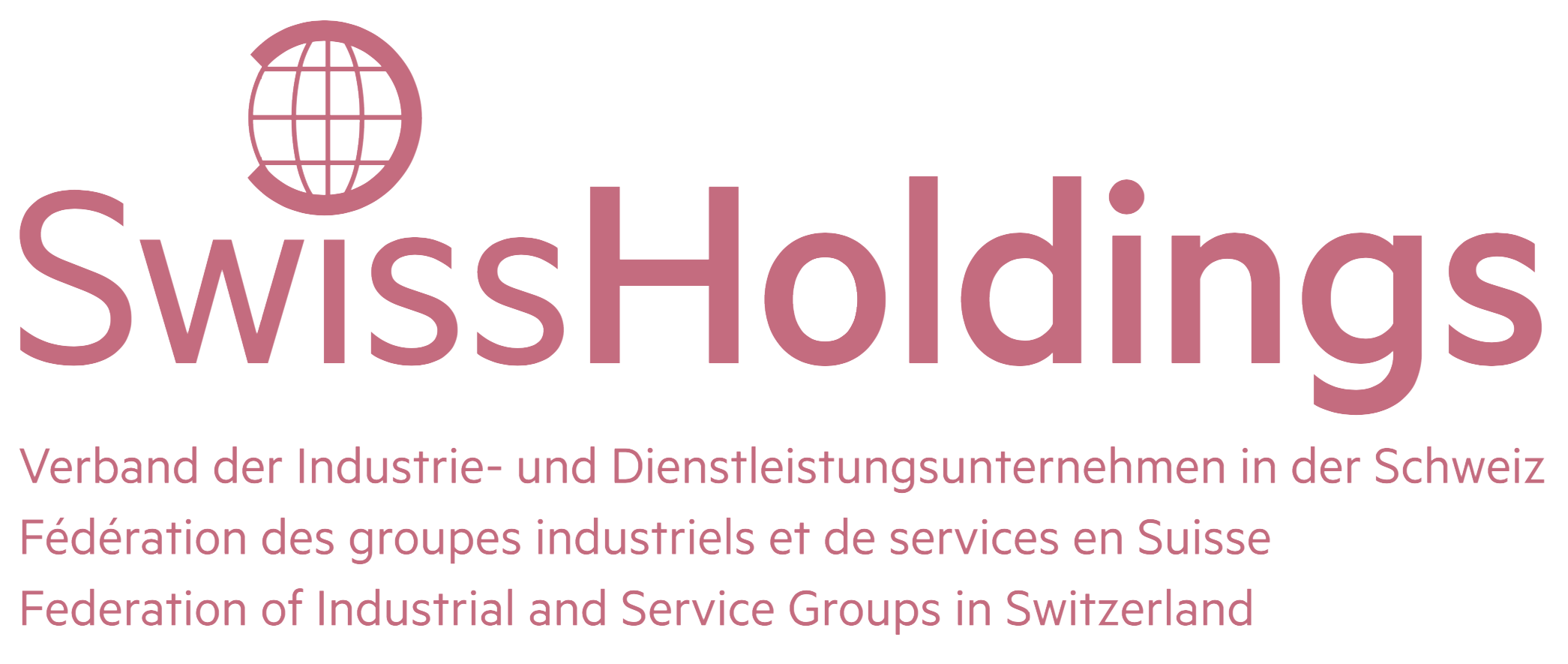We appreciate the initiative taken by the OECD for a multilateral solution to address potentially remaining BEPS challenges, especially to avoid harmful unilateral measures. We believe that profits should almost entirely be taxed where value creation takes place.
We thank the OECD for the opportunity to provide comments on the Pillar One and Pillar Two Blueprints. First, we would like to make some general remarks on the project. This is followed by Appendix 1 commenting on Pillar One and Appendix 2 where we provide concise responses to Pillar Two specific questions posed in the public consultation document.
The general points we would like to raise are the following:
Pillar One
- Pillar One – in particular Amount A – will result in significant additional administrative burden for many MNEs requiring large investments in the IT infrastructure and in-house tax and finance resources. Complexities are increased with continued changes in an MNE’s business portfolio through restructurings, reorganization of business lines, acquisitions and divestments. This applies especially to MNEs with decentralized business and transfer pricing models and a decentralized IT/financial reporting infrastructure. The compliance burden will increase significantly also for the tax authorities.
- While the OECD itself aims for simplicity, the current proposal is difficult to implement, requires significant compliance work and detailed knowledge by the review panels; the nexus, the segmentation, the revenue sourcing requirements are very detailed and require significant additional work. In particular, the low thresholds are not proportional compared to the additional tax revenues at stake.
- Amount B regulations are of great importance for MNEs. Standardisation of compensation for distribution activities compensation are not only beneficial to MNEs but also for tax administrations especially in less developed countries. The administrative burden is reduced and costly benchmark studies can be avoided.
Pillar Two
- It is critical to ensure that the domestic implementation by countries is consistent and does not result in divergent applications of Pillar Two rules (maximum standard). If there is a lack of consensus on all aspects of Pillar Two, all potential exceptions or deviations need to be expressly allowed and articulated, shall be binding and to the extent to which any exceptions or deviations are allowed, they shall be based on defined principles.
- Clear and simple hierarchy between the four proposed rules of Pillar Two is essential to provide clear guidance and to reduce compliance costs for tax authorities and MNEs. The Income Inclusion Rule (IIR) should function as the primary rule and apply only at the ultimate parent level. The Undertaxed Payments Rule (UPR) and Subject to Tax Rule (STTR) should only apply to payments to an affiliate whose ultimate parent is not subject to a Pillar Two IIR.
- The currently proposed substance-based carve-out does not sufficiently consider the importance of R&D and IP for innovation-promoting countries. Substance-based IP regimes which are fully compliant with the BEPS Action 5 Nexus approach should be carved out from IIR and STTR. In addition, IP regimes compliant with DEMPE concept from BEPS Actions 8-10 should also be carved-out.
- The proposed measures fall short of the intended target of simplification and reduced compliance burden for MNEs and tax administrations. Simplifications should be a primary field of improvement of the current Pillar Two framework.
Download full consultation response document [pdf]

